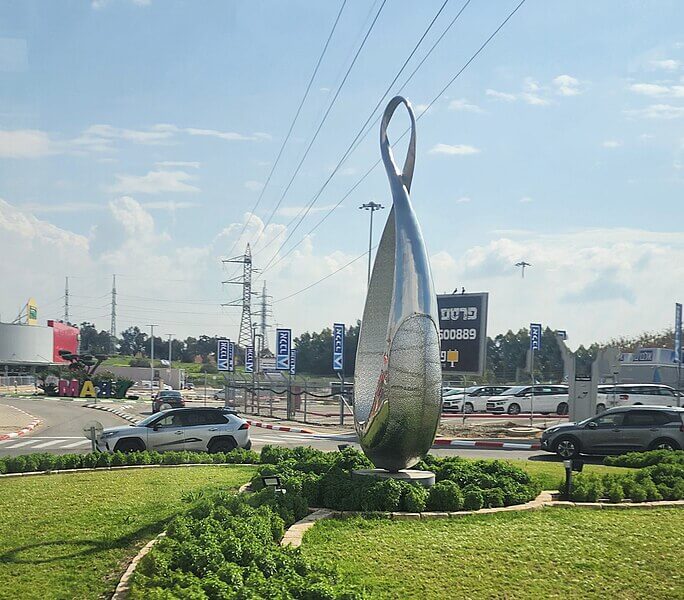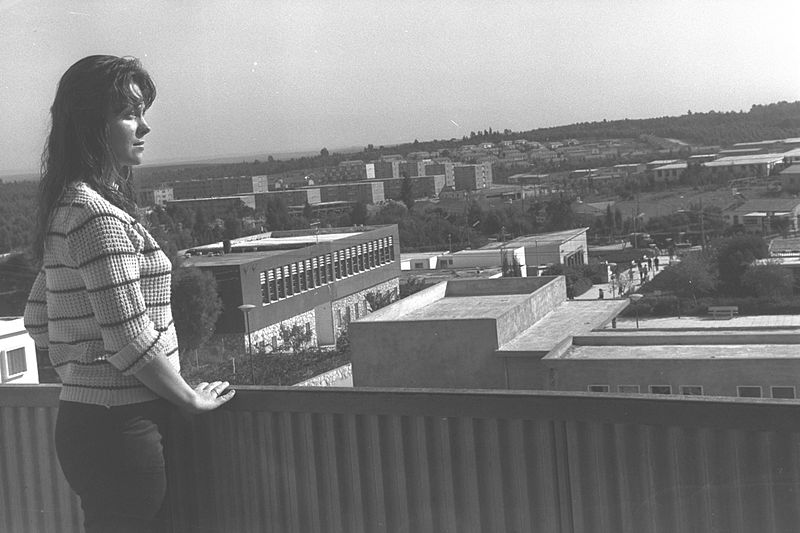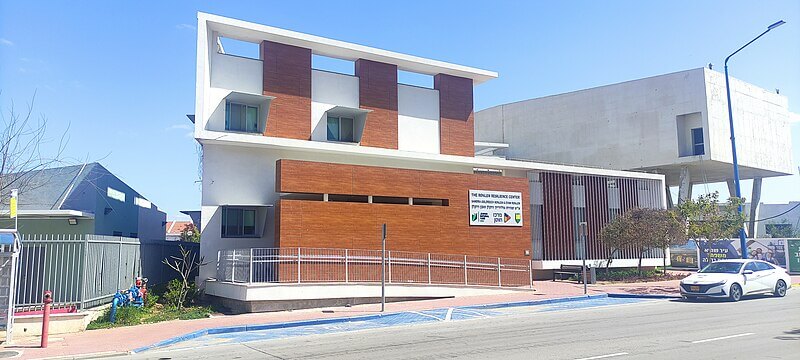The city of Sderot is situated in Israel's Western Negev, and is extremely close - approximately 1 km - from the border with Gaza, 72 km from Tel Aviv and 40 km from Be’er Sheva.
The word ‘Sderot’ in Hebrew means 'Boulevards’. Interestingly, the name was given to the town by Prime Minister David Ben Gurion, because of its main avenue, along which were planted eucalyptus trees, drawing on the Zionist philosophy of ‘making the desert bloom’.
Sderot has a population of 33,000, making it the largest populated area in this part of the country.

Sderot was one of Israel's ‘development towns’ - settlements built by the government in the 1950s when the infant country was dealing with a surge of new immigrants, arriving from across the world and in need of housing.
One of the main aims of the construction of these towns was to take pressure away from crowded central parts of the country, at the same time expanding the population in peripheral areas. However, because many poor immigrants from Arab nations were resettled there, for years to come they were often considered to be less-than-desirable places to live.
Sderot was established in 1951 as a transit camp for immigrants from Kurdistan and Turkey. Originally called ‘Gabim Dorot’ it was home to around 80 families.
Today, Sderot is home to a well-known Cinematheque, a cultural and educational center that serves the area and can seat over 400 people in two auditoriums. The city is also in the process of establishing a ‘Founders’ Home’ exhibit which will include visual and audio displays of the early residents’ stories, as well as people who live here now. 
Sderot has the dubious reputation for being the city in Israel that has been most heavily targeted by Hamas since the group came to power in the Gaza Strip in 2006.
Since Israel’s 2005 Disengagement from the Strip, around 10,000 rockets and mortars have been fired at the town, with 13 killed, hundreds injured and thousands more (including children) left with PTSD. If a Qassam missile is launched from the Gaza Strip, residents of Sderot will have no more than 15 seconds to seek cover in a bomb shelter.
Sderot was heavily attacked in the October 7th Massacre (see below) and from then on until March 3rd, 2024, schools were closed and most families evacuated from the area. However, people are slowly returning to the city and receiving grants from the government, in order to help them in their daily lives.
At just after 6 am on 7th October, both Shabbat and also the Jewish holiday of Sukkot, Hamas terrorists launched a surprise attack on Israel. As well as a barrage of missiles fired across the border, approximately three thousand militants, armed with semi-automatics, rocket-propelled grenades and other weapons breached the fence that separates Israel and Gaza.
Once inside Israeli territory, they fanned out into groups and began heading towards different communities in the area, including Sderot.
The terrorists who arrived in Sderot first encountered a group of senior citizens, en route on an excursion to the Dead Sea, but whose van had stopped next to a bus stop, due to a flat tire. They were all gunned down in cold blood. Amongst others, the gunmen also murdered around 15 people trying to enter a locked shelter. Others were murdered in their homes or the streets, as they tried to escape the carnage.
Israeli forces did not manage to regain full control of Sderot until the following day. In those 24 hours, many residents hid inside their homes, as security forces ‘swept’ the streets, looking for lone infiltrators.
At the same time, terrorists burst into the police station in Sderot, overpowered officers and barricaded themselves inside. As a result, 30 officers and civilians were killed.
The station subsequently became a battleground for several hours, with heavy fighting between the IDF and Hamas. It was a hard-fought battle, lasting around 20 hours, with the Israeli army eventually bulldozing the building and shooting dead around 10 terrorists.
If not for the heroism of those who took part in this battle, it is estimated that many more civilians would have died in Sderot that day.
